Today, the UK Government published a long-awaited green paper on its proposed plans to implement biodiversity offsetting:
https://consult.defra.gov.uk/biodiversity/biodiversity_offsetting
The UK has been trialling biodiversity offsetting through a series of pilots since last year, but so far they have been an abject failure. No offsets were completed until August 2013 when a meadow was created on chalk escarpment in South Oxfordshire with the aim of offsetting the destruction caused by 98-home development by Tayor-Wimpey in nearby Southmoor.
The meadow is only guaranteed for 15 years, but the Environment Bank, who secured the sale, defend this decision, saying “we feel there is minimal risk the habitat would not be managed for longer.” With no guarantees, this is no more than a promise in the wind. The Environment Bank is a private company, putting itself forward as a biodiversity offset broker, despite having a commercial interest in developing the UK’s policy on biodiversity offsets.
The role of Professor David Hill, who is deputy chair of Natural England and chairman of Environment Bank also poses a conflict of interests.
Hannah Mowat, FERN ecosystems trading campaigner, has been following biodiversity offsetting policy across Europe and said:
“Offsetting Nature has been a disaster in the countries in which it has already been trialled. Case studies show it damages legislation that protects the environment, permitting yet more destruction of nature in exchange for a false promise.
Offsetting is based on a fundamental flaw: that you can trade places. You cannot offset the impact of development on people or landscapes. Communities stand to lose out badly.”
The EU is considering plans to implement similar plans to those outlined in the UK Green Paper, and FERN sees this as a direct challenge to EU directives that currently protect nature.
Biodiversity offsetting poses a number of risks:
Increase in the loss of biodiversity: In the USA and Australia, where biodiversity offsetting is most advanced, studies show that offsets rarely replace what was destroyed.[1]
Harms local communities:Biodiversity offsetting only refers to replacing environmental values, but areas of environmental value have social values to local communities. Offsetting displaces nature away from people’s homes.[2]
Weakens legislation that protects the environment:Current UK environmental and planning laws prohibit environmental destruction, but offsetting brings in shades of grey, [3] meaning developers can buy themselves out of environmental obligations.
Read more articles about the issues with Biodiversity Offsetting
[1] Suding, K.N., 2011. Toward an era of restoration in ecology: successes, failures and opportunities ahead. Annu. Rev. Ecol. Evol. Syst. 42, 465–487. Article shows that between a third and half of restoration offsets are successful and even less than that in recreation offsets
[2] Ruhl, J. B. and J.E. Salzman. The Effects of Wetland Mitigation Banking on People (January 1, 2006). FSU College of Law, Public Law Research Paper No. 179; FSU College of Law, Public Law Research Paper No. 179. Available at SSRN: http://ssrn.com/abstract=878331














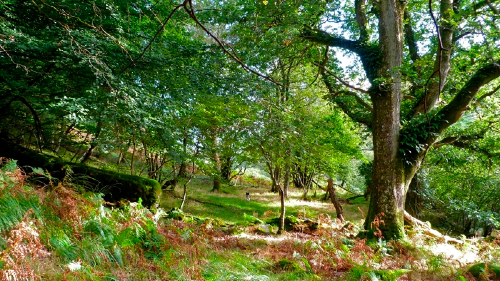
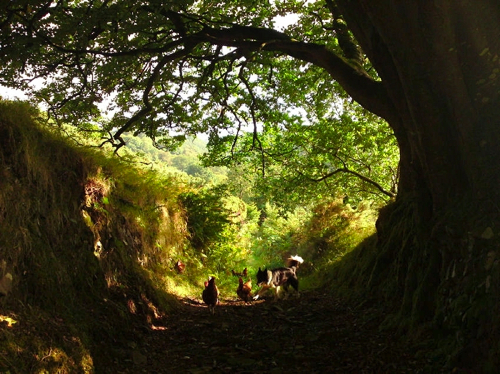
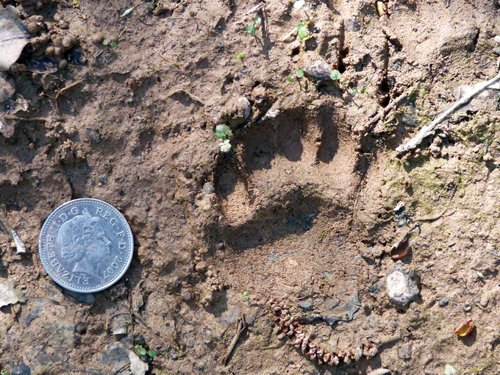


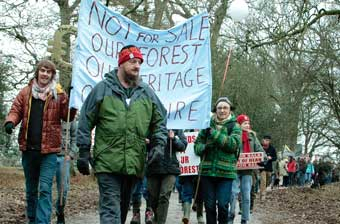

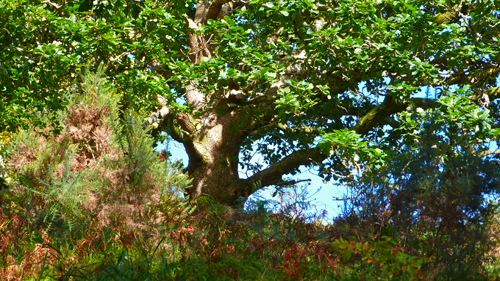






i love trees i am from india caring lot for nature but nobody cares i love to plant many many trees in this world but i need your help so plz i want to b associate with u